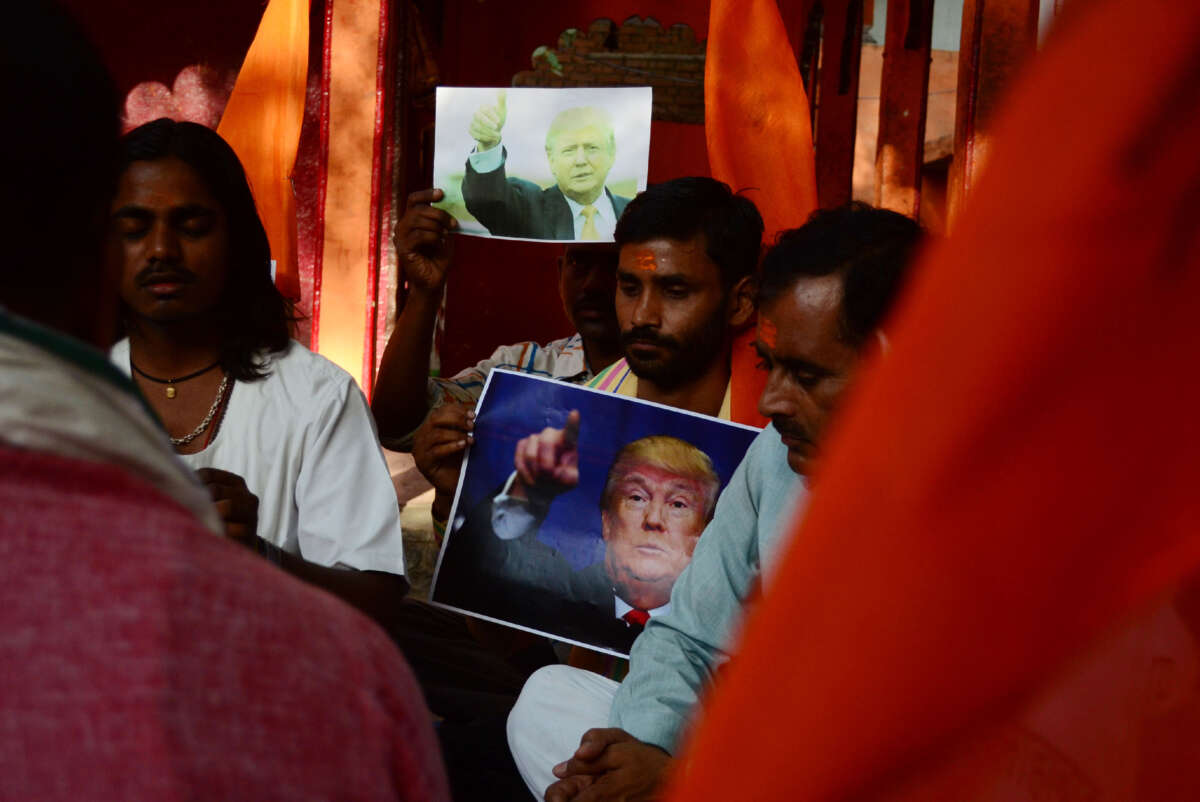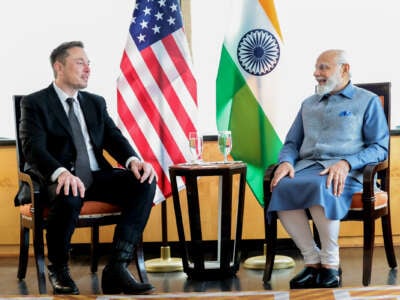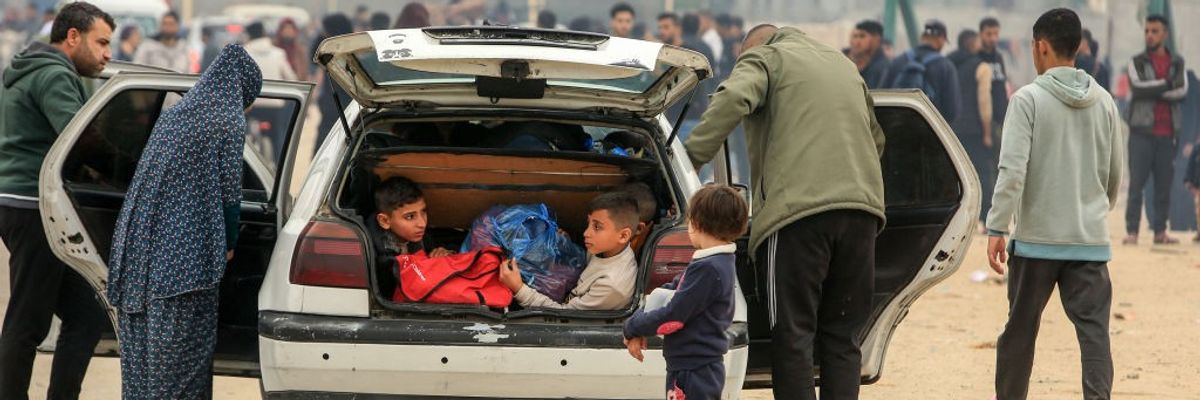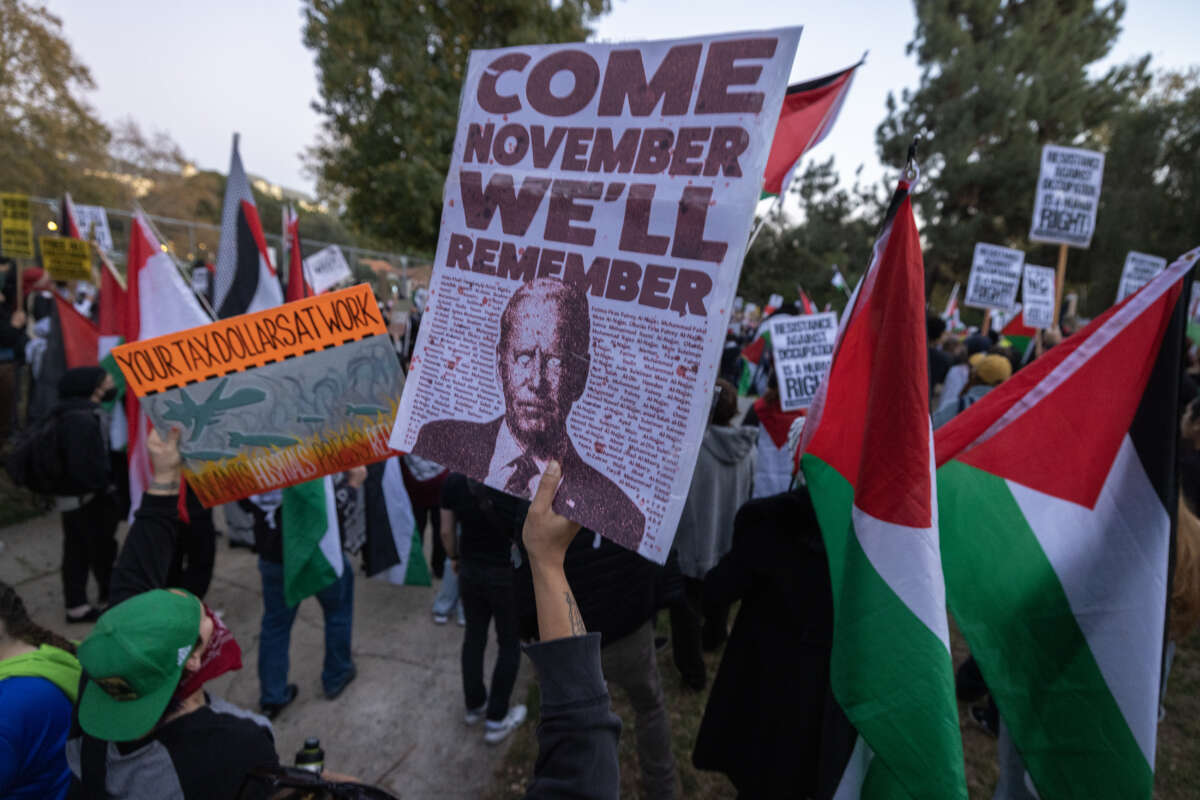Ali Tauqeer Sheikh
DAWN
Published February 1, 2024

THE lines of distinction between climate finance and traditional development financing have been blurred. Concurrently, national and provincial roles and responsibilities in Pakistan to access international climate finance have become muddled, if not messy. All international finance, including FDI and international trade, is fast becoming an instrument of global climate policies and geopolitics.
Pakistan is in the process of rethinking its strategies to access climate financing. Several federal ministries and provincial departments have concurrently begun to assume institutional responsibilities to access international climate finance (ICF). But it is not always clear where bilateral donors fit in their priorities or strategies, and how financial flows will be shaped by Pakistan’s global geopolitics.
Economic growth, development, and macroeconomic stability sans environmental and climate concerns are a notion of yesteryear. Ecological and economic priorities in the past were decoupled to achieve economic development, but no longer.
The rationales have merged now. Emissions reduction has an economic rationale. Pollution-free societies are healthier. Likewise, trade relations with the EU, UK and US are increasingly becoming subservient to their carbon-reduction interests and growing trade and technology wars with China. Healthy ecosystems are essential for sustainable economic growth. As they have become inseparable, all finance has by definition become climate finance.
Fiscal space for development financing is at its lowest ebb. No respite is on the horizon of policymakers who are hard-pressed to deliver a socioeconomic turnaround. Recognising that many specialised ICF windows can be accessed, some federal ministries and provincial departments have begun to race to fill the void.
All finance has by definition become climate finance.
While the national climate finance strategy is in the making, the ministries of climate, finance, and planning are setting up specialised climate finance units. They share the same challenges in finding trained personnel, commissioning technical studies, and looking for grant writers. The most stubborn challenge is clarity of purpose for each undertaking and how best to avoid overlaps.
Likewise, some provinces have begun to identify specific policy options ranging from carbon trading to carbon taxes and levies. Punjab, for example, has progressed in finalising its green financial strategy and an action plan for its implementation. In KP, a climate financing framework and climate investment and implementation plans have been developed. Both provinces are probing the possibility of entering the carbon trading market.
While endeavours at the federal level are mostly undertaken with support from multilateral development banks (MDB), in the provinces, it is primarily bilateral financing that is helping them tread new terrains. So far, none of the federal agencies has leveraged itself to convene them for better coordination and synergy.
Overall, Pakistan’s share of international finance is minuscule. The economic loss and damage of $30.1 billion inflicted by the 2022 floods was more than the total disbursement by all UNFCCC (United Nations Framework Convention on Climate Change) funds since their inception: the Global Environment Facility (1991), Adaptation Fund (2001), and the Green Climate Fund (2014).
According to some estimates, they have collectively disbursed about $22bn globally. Pakistan has accessed less than $1bn from all these three funds in the last 30 years. Clearly, the gap between Pakistan’s investment needs for resilience and low carbon development cannot be met by the present climate finance ecosystem.
As against this, the MDBs are the largest lenders of Pakistan. Their portfolio will grow steeply in the next three to four years as all eight MDBs have recently announced to ‘align’ their portfolios with the Paris Agreement. The IFC and IMF have also begun to champion private sectors’ transition and macroeconomic stability with extreme weather events.
The IMF has developed its own Climate Policy Assessment Tool, known as CPAT, for the rapid quantification of impacts of climate-mitigation policies, including on energy demand, prices, emissions, revenues, welfare, GDP, households and industries, local air pollution, and many more. The flagship Public Investment Management Assessment, which has long been used to assess infrastructure governance practices for countries at all levels of economic development, has become a Climate PIMA (C-PIMA).
It involves an assessment of institutions of public investment management that are key to ‘climate-aware’ infrastructures. The release of the next IMF tranche to Pakistan in March 2024 will hinge on our compliance with the commitments made in C-PIMA, posted on IMF website.
Ironically, the IMF, like MDBs, has had limited success in increasing the ownership for reforms despite insistence. If the election manifestos of the PML-N, PPP and PTI are any indicator, they have not even mentioned IMF, let alone acknowledged and endorsed national commitments made under the Stand-By Arrangement.
The World Bank and IMF align their financing flows with the objectives of the Paris Agreement. In fact, all eight MDBs have now committed to globally coordinating their in-country portfolios.
In Pakistan, the ADB and World Bank are now committed to proactively communicating and coordinating their portfolios. This will be useful for better synergy. It, however, also poses the increased risk of cartelisation of international finance, making countries like Pakistan overly vulnerable if the political headwinds of regional geopolitics become stronger.
Finally, while MDB projects are large, bilateral donors have much smaller financial buckets. They often aspire to add to technical know-how, rather than large infrastructural projects. Working with them on a cascade of relatively smaller projects is pivotal to enhancing technical capacities in various sectors and in the provinces. It is in our interest to tap bilateral donors particularly because bilateral projects are often aimed at promoting a combination of economic growth, bilateral trade, and bilateral lending and investments.
This technical engagement can also serve as an enabler to access over three dozen special purpose ICF vehicles that the UK, Germany, France, EU and several others have created, nationally or by pooling resources for specific Paris Agreement goals.
More than anything else, the strategic objective of engaging bilaterally with parties is to augment trade relations and to build their stakes in regional stability and Pakistan’s climate-smart development. After all, it is global polarisation that is leading the flow of international finance, rather than the UNFCCC.
The writer is an Islamabad-based climate change and sustainable development expert.
Published in Dawn, February 1st, 2024

THE lines of distinction between climate finance and traditional development financing have been blurred. Concurrently, national and provincial roles and responsibilities in Pakistan to access international climate finance have become muddled, if not messy. All international finance, including FDI and international trade, is fast becoming an instrument of global climate policies and geopolitics.
Pakistan is in the process of rethinking its strategies to access climate financing. Several federal ministries and provincial departments have concurrently begun to assume institutional responsibilities to access international climate finance (ICF). But it is not always clear where bilateral donors fit in their priorities or strategies, and how financial flows will be shaped by Pakistan’s global geopolitics.
Economic growth, development, and macroeconomic stability sans environmental and climate concerns are a notion of yesteryear. Ecological and economic priorities in the past were decoupled to achieve economic development, but no longer.
The rationales have merged now. Emissions reduction has an economic rationale. Pollution-free societies are healthier. Likewise, trade relations with the EU, UK and US are increasingly becoming subservient to their carbon-reduction interests and growing trade and technology wars with China. Healthy ecosystems are essential for sustainable economic growth. As they have become inseparable, all finance has by definition become climate finance.
Fiscal space for development financing is at its lowest ebb. No respite is on the horizon of policymakers who are hard-pressed to deliver a socioeconomic turnaround. Recognising that many specialised ICF windows can be accessed, some federal ministries and provincial departments have begun to race to fill the void.
All finance has by definition become climate finance.
While the national climate finance strategy is in the making, the ministries of climate, finance, and planning are setting up specialised climate finance units. They share the same challenges in finding trained personnel, commissioning technical studies, and looking for grant writers. The most stubborn challenge is clarity of purpose for each undertaking and how best to avoid overlaps.
Likewise, some provinces have begun to identify specific policy options ranging from carbon trading to carbon taxes and levies. Punjab, for example, has progressed in finalising its green financial strategy and an action plan for its implementation. In KP, a climate financing framework and climate investment and implementation plans have been developed. Both provinces are probing the possibility of entering the carbon trading market.
While endeavours at the federal level are mostly undertaken with support from multilateral development banks (MDB), in the provinces, it is primarily bilateral financing that is helping them tread new terrains. So far, none of the federal agencies has leveraged itself to convene them for better coordination and synergy.
Overall, Pakistan’s share of international finance is minuscule. The economic loss and damage of $30.1 billion inflicted by the 2022 floods was more than the total disbursement by all UNFCCC (United Nations Framework Convention on Climate Change) funds since their inception: the Global Environment Facility (1991), Adaptation Fund (2001), and the Green Climate Fund (2014).
According to some estimates, they have collectively disbursed about $22bn globally. Pakistan has accessed less than $1bn from all these three funds in the last 30 years. Clearly, the gap between Pakistan’s investment needs for resilience and low carbon development cannot be met by the present climate finance ecosystem.
As against this, the MDBs are the largest lenders of Pakistan. Their portfolio will grow steeply in the next three to four years as all eight MDBs have recently announced to ‘align’ their portfolios with the Paris Agreement. The IFC and IMF have also begun to champion private sectors’ transition and macroeconomic stability with extreme weather events.
The IMF has developed its own Climate Policy Assessment Tool, known as CPAT, for the rapid quantification of impacts of climate-mitigation policies, including on energy demand, prices, emissions, revenues, welfare, GDP, households and industries, local air pollution, and many more. The flagship Public Investment Management Assessment, which has long been used to assess infrastructure governance practices for countries at all levels of economic development, has become a Climate PIMA (C-PIMA).
It involves an assessment of institutions of public investment management that are key to ‘climate-aware’ infrastructures. The release of the next IMF tranche to Pakistan in March 2024 will hinge on our compliance with the commitments made in C-PIMA, posted on IMF website.
Ironically, the IMF, like MDBs, has had limited success in increasing the ownership for reforms despite insistence. If the election manifestos of the PML-N, PPP and PTI are any indicator, they have not even mentioned IMF, let alone acknowledged and endorsed national commitments made under the Stand-By Arrangement.
The World Bank and IMF align their financing flows with the objectives of the Paris Agreement. In fact, all eight MDBs have now committed to globally coordinating their in-country portfolios.
In Pakistan, the ADB and World Bank are now committed to proactively communicating and coordinating their portfolios. This will be useful for better synergy. It, however, also poses the increased risk of cartelisation of international finance, making countries like Pakistan overly vulnerable if the political headwinds of regional geopolitics become stronger.
Finally, while MDB projects are large, bilateral donors have much smaller financial buckets. They often aspire to add to technical know-how, rather than large infrastructural projects. Working with them on a cascade of relatively smaller projects is pivotal to enhancing technical capacities in various sectors and in the provinces. It is in our interest to tap bilateral donors particularly because bilateral projects are often aimed at promoting a combination of economic growth, bilateral trade, and bilateral lending and investments.
This technical engagement can also serve as an enabler to access over three dozen special purpose ICF vehicles that the UK, Germany, France, EU and several others have created, nationally or by pooling resources for specific Paris Agreement goals.
More than anything else, the strategic objective of engaging bilaterally with parties is to augment trade relations and to build their stakes in regional stability and Pakistan’s climate-smart development. After all, it is global polarisation that is leading the flow of international finance, rather than the UNFCCC.
The writer is an Islamabad-based climate change and sustainable development expert.
Published in Dawn, February 1st, 2024









